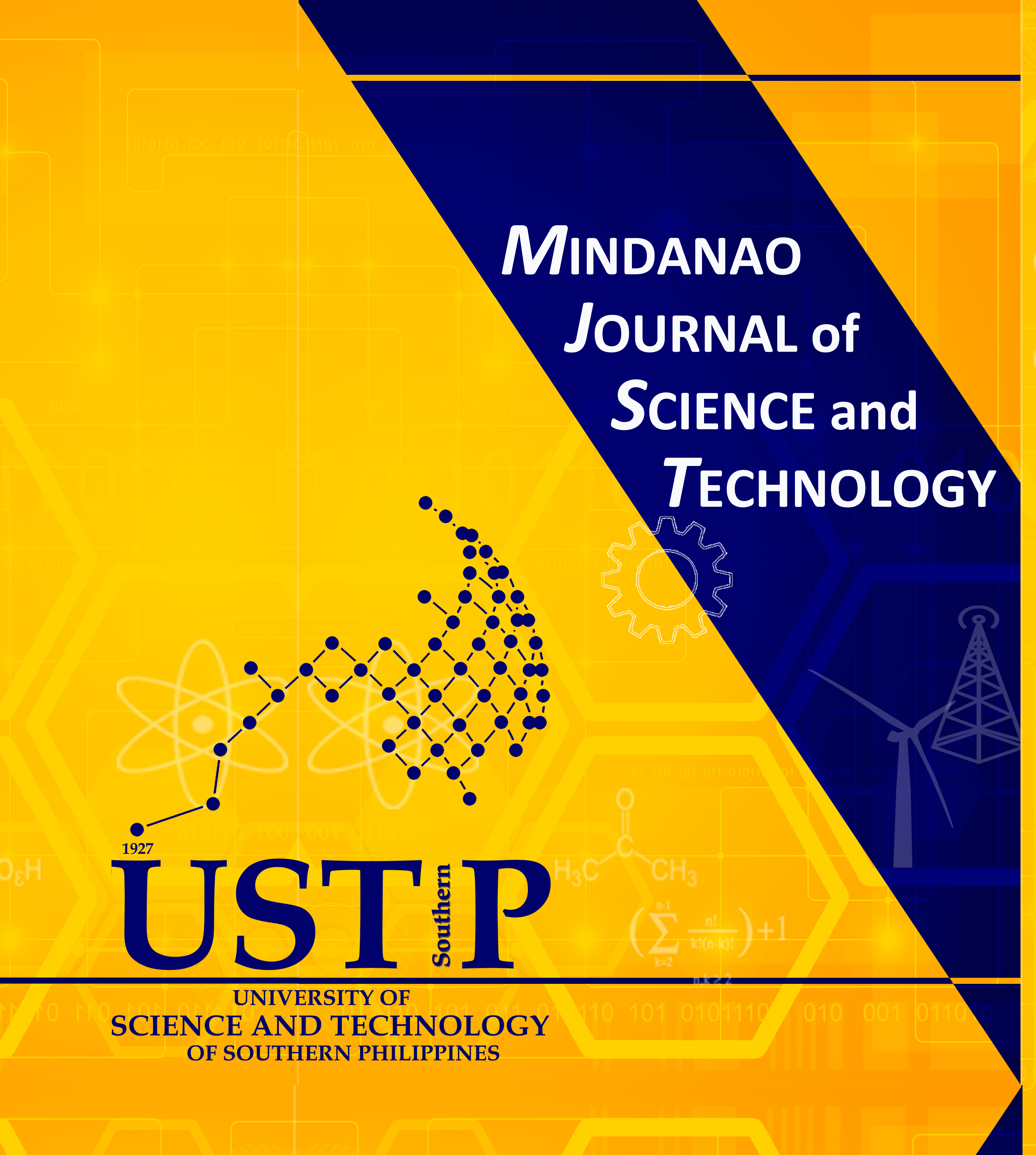Radiation Sensitivity of Surface Mycoflora from Fresh Strawberries (Fragaria x ananassa Duch. var. Sweet Charlie) from La Trinidad, Benguet, Philippines
Keywords:
foodborne pathogens, fungal contamination, food irradiation, physio-morphological changes, radiation sensitivityAbstract
Fungi cause postharvest diseases in a wide variety of crops around the world. Without proper identification of the prevalent fungal pathogens in crops, the efficiency of postharvest treatment is not always assured. Irradiation, a non-chemical approach, has been explored as an alternative treatment to control plant fungal pathogens. However, relevant studies on the radiation sensitivity of foodborne fungal pathogens in fresh produce and other relevant biological responses to radiation are quite limited, especially in the Philippine setting. In this study, surface fungal pathogens were isolated from fresh strawberries (Fragaria x ananassa Duch. var. Sweet Charlie) from La Trinidad, Benguet, Philippines and identified through molecular techniques. Radiation responses of fungal pathogens such as in vitro radiosensitivity based on D10 value and physio-morphological changes were determined. Molecular identification and evolutionary analysis revealed the presence of two fungal pathogens, namely Mucor circinelloides and Mucor irregularis. Gamma radiation effectively reduced the fungal population with D10 values of 0.6 and 1.4 kGy for M. irregularis and M. circinelloides, respectively, with complete growth inhibition at 3-5 kGy. Disruptions of sporangium and sporangiophores were also observed for both isolates at 1-2 kGy. The result of this study is expected to provide new data on the possible use of gamma radiation as hurdle technology for fresh fruits in the country.










